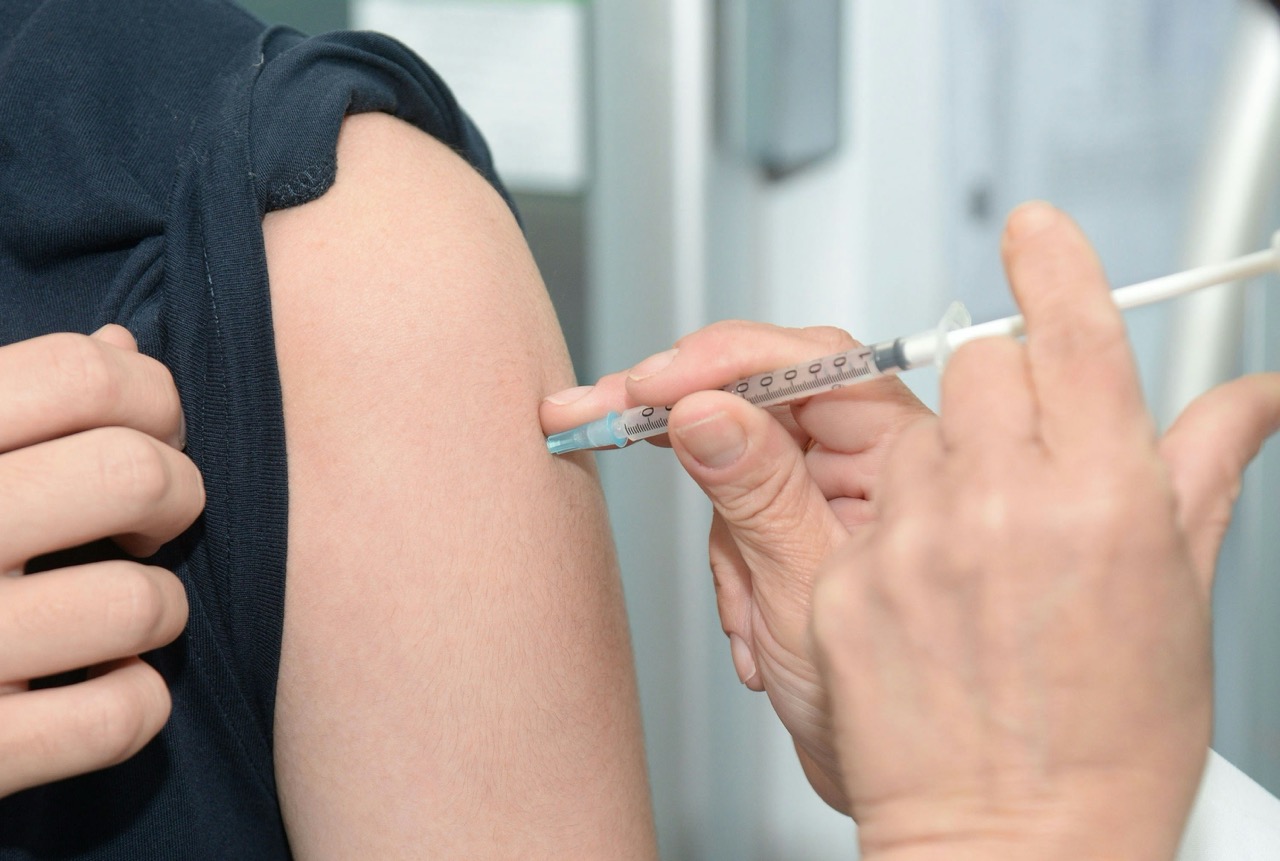Human Papillomavirus (HPV) is one of the most common sexually transmitted infections globally, affecting millions of individuals each year. Despite its prevalence, misconceptions surrounding HPV transmission often lead to unnecessary anxiety and fear. Among these myths is the belief that HPV can be contracted through public restrooms. This article aims to clarify the facts surrounding HPV transmission, debunk common myths, and provide best practices for preventing HPV and other infections.
Understanding HPV: Transmission and Risk Factors Explained
HPV is a group of viruses that can be transmitted through intimate skin-to-skin contact. While there are over 100 types of HPV, not all are associated with health problems. Certain strains can lead to genital warts, while others are linked to various cancers, including cervical cancer. The primary mode of transmission is through sexual activity, including vaginal, anal, and oral sex. Understanding these transmission routes is crucial for reducing the risk of HPV infection.
While HPV can be transmitted through direct contact with an infected person, it is essential to consider risk factors that can increase susceptibility to the virus. These factors include having multiple sexual partners, engaging in unprotected sex, and having a compromised immune system. Additionally, individuals who have undergone certain medical procedures or have pre-existing health conditions may be at an increased risk. Awareness of these risk factors helps individuals make informed decisions about their sexual health.
Education and awareness are key to reducing the stigma associated with HPV. Many individuals may not know that HPV is often asymptomatic, meaning that they can unknowingly transmit the virus to others. Regular screenings, such as Pap smears for women, can help detect changes in cervical cells caused by HPV, thus highlighting the importance of preventive measures and early intervention.
The Truth About HPV Survival Outside the Human Body
One common myth regarding HPV is that it can survive on surfaces and be contracted via inanimate objects, such as those found in public restrooms. However, research indicates that HPV is not capable of surviving long outside the human body. The virus requires a specific environment to remain viable, which it does not find on hard surfaces, fabric, or in water. This makes transmission through public bathrooms highly unlikely.
Studies have shown that while some viruses can linger on surfaces, HPV’s survival rate is significantly lower. The virus’s structure and the conditions of the external environment (such as temperature and humidity) limit its ability to thrive outside a human host. This fact underscores the low risk posed by public restrooms in terms of HPV transmission, offering reassurance to those concerned about using these facilities.
Moreover, the body’s natural defenses serve as an additional barrier against infection. The skin and mucous membranes act as formidable protectors, making it even more challenging for HPV to enter the body from surfaces. Therefore, while it is wise to maintain hygiene in public restrooms, the fear of contracting HPV through these means is largely unfounded.
Common Myths: Can You Really Catch HPV in Restrooms?
The misconception that HPV can be contracted in public restrooms often stems from a general fear of sexually transmitted infections (STIs) and a lack of understanding about how HPV is truly transmitted. This myth can lead to unnecessary worry and avoidance of public facilities. It’s important to clarify that while some STIs may indeed be spread through contaminated surfaces, HPV is not one of them.
Additionally, the worry about catching HPV in restrooms may be compounded by the stigma surrounding the virus. Many people may associate HPV with promiscuity or poor hygiene, which can create a culture of fear and misunderstanding. To combat this, public health campaigns emphasize the importance of education in reducing stigma and promoting safe practices without creating fear around normal public activities, such as using restrooms.
Understanding the actual routes of HPV transmission helps individuals adopt healthier attitudes toward their sexual health. Encouraging open discussions about HPV, its risks, and its prevalence can dismantle myths and empower people to make informed choices, ultimately leading to a more informed public regarding STIs.
Best Practices for Preventing HPV and Other Infections
While the risk of contracting HPV in public restrooms is minimal, there are still effective best practices to follow for reducing the risk of HPV and other infections. First and foremost, vaccination is one of the most effective ways to prevent HPV. The HPV vaccine is recommended for preteens, but it is also effective for older adolescents and adults. This vaccine can significantly reduce the risk of developing HPV-related health issues.
In addition to vaccination, practicing safe sex is crucial for preventing HPV and other sexually transmitted infections. This includes using condoms and dental dams, which can diminish the risk of HPV transmission. Communication with sexual partners about health and safety is also essential. Engaging in regular screenings and check-ups can help both partners stay informed about their sexual health status.
Lastly, maintaining good hygiene practices in general can help prevent the spread of various infections. Washing hands thoroughly after using the restroom, avoiding sharing personal items, and keeping common areas clean are effective ways to reduce the risk of infections. Staying informed and proactive about health can empower individuals to take control of their well-being.
In conclusion, the fear of contracting HPV from public restrooms is largely unfounded due to the virus’s inability to survive outside the human body. Understanding how HPV is transmitted, alongside debunking common myths, can alleviate unnecessary fears. By focusing on preventive measures such as vaccination, practicing safe sex, and maintaining good hygiene, individuals can protect themselves from HPV and other infections. Education and awareness are the keys to fostering a healthier and more informed society regarding sexual health.











